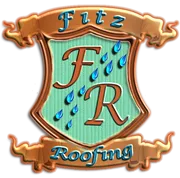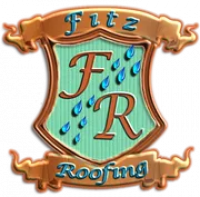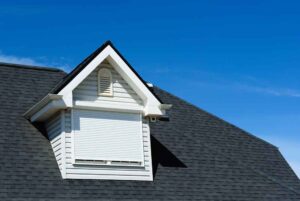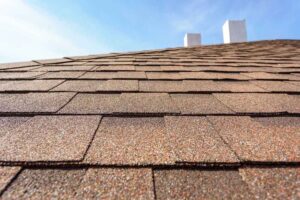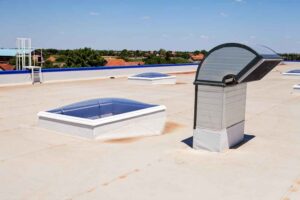At Fitz Roofing, we believe in more than just fixing roofs—we focus on building trust and providing peace of mind for homeowners in Franklin. A roof is one of the most important investments in a home, but without proper maintenance, even the strongest materials can weaken over time. That’s why exploring vulnerable areas of your roof is essential for protecting your property from costly damage.
Franklin homeowners experience a variety of weather conditions, from heavy rains to strong winds, all of which can take a toll on a roof. Over time, certain areas become more prone to leaks, wear, and structural damage. Knowing how to assess weak spots on your roof can help you catch small problems before they become expensive repairs. In this guide, we’ll walk you through the most vulnerable areas of a roof, how Franklin’s climate affects roofing materials, and when to seek professional help.
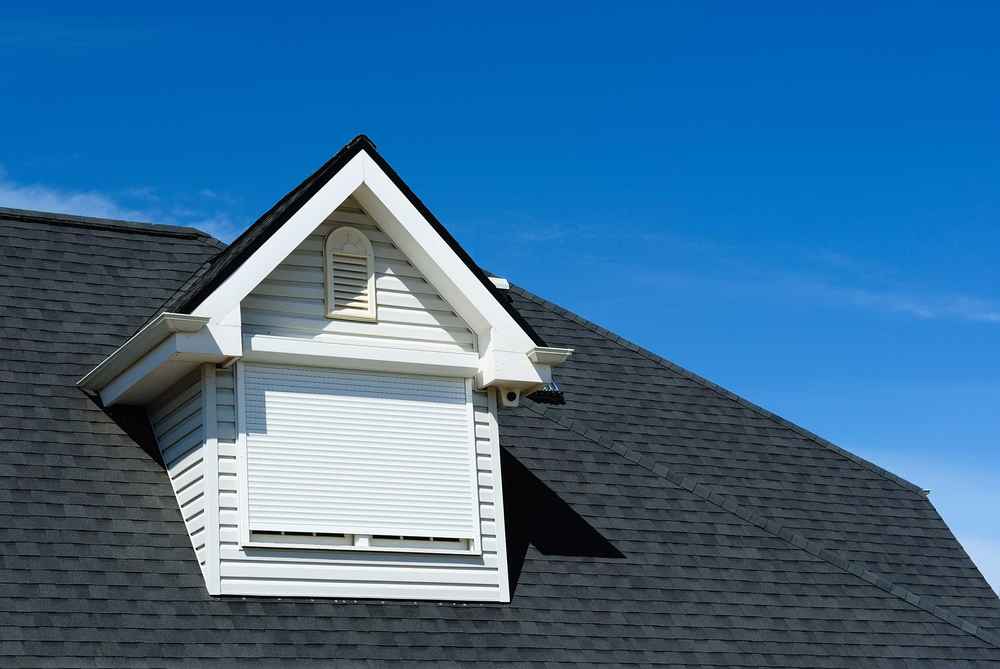
The Most Vulnerable Areas of Your Roof
Roofs in Franklin endure seasonal changes, from humid summers to occasional winter storms. These conditions can accelerate wear and tear, making certain areas more prone to damage. Understanding where to look can help you take proactive steps to maintain your roof’s durability.
Roof Valleys: A Common Weak Spot
Roof valleys are areas where two slopes meet, directing water flow toward gutters. Because these areas handle high volumes of rainwater, they are more susceptible to leaks, especially if shingles become damaged or flashing deteriorates. Franklin’s frequent storms and occasional heavy downpours can accelerate wear in roof valleys.
Signs of weakness include missing or broken shingles, water stains on ceilings or walls, and granules from shingles accumulating in gutters. If left unchecked, a damaged valley can allow water to seep beneath the roof layers, leading to costly repairs.
Flashing: A Small Feature with a Big Role
Flashing is used to seal joints and roof penetrations, such as chimneys, vents, and skylights. In Tennessee, where temperature fluctuations occur throughout the year, flashing can expand and contract, leading to cracks or separation from roofing materials. Over time, these small gaps allow moisture to enter, creating the perfect conditions for mold and rot.
Common flashing issues include rust, corrosion, cracked sealant, and gaps between flashing and roofing materials. Since flashing protects some of the most leak-prone areas of a roof, it should be inspected regularly, especially after storms.
Chimneys and Skylights: Prone to Leaks
Homes with chimneys and skylights often require extra attention to prevent leaks. These features introduce openings in the roof that must be properly sealed. Over time, flashing around chimneys and skylights can deteriorate, allowing water to seep into the home.
Signs of potential leaks include water stains around skylights, cracked caulking, and loose or missing chimney mortar. Even minor damage in these areas can result in major interior water damage if not addressed quickly.
Shingles: The First Layer of Protection
Shingles act as the first barrier against the elements, but exposure to strong winds, hail, and UV rays can cause them to weaken over time. Homeowners should regularly check their shingles, especially after storms, to identify signs of deterioration.
Indicators of shingle problems include curling or cracked shingles, areas where shingles are missing, and excess granules collecting in gutters. Addressing shingle issues early can prevent further damage to the roof structure.
Roof Decking: Hidden but Important
The roof decking, or sheathing, is the wooden layer beneath the shingles. Since it’s not visible from the outside, issues often go unnoticed until significant damage occurs. Franklin’s humid summers and occasional ice storms can lead to moisture buildup, weakening the roof’s structure.
Signs of roof decking problems include sagging sections of the roof, musty odors in the attic, and visible water stains on ceilings. If these issues appear, a professional should inspect the roof immediately to prevent further deterioration.
How to Assess Weak Spots on Your Roof
Regular assessments can help homeowners detect minor roof issues before they become serious problems. While professional inspections provide the most accurate results, homeowners can perform basic checks to identify potential weak spots.
Checking Your Roof from the Ground
Walking around your home and inspecting the roof from the ground can reveal visible damage. Using binoculars, you can get a closer look at shingles, flashing, and valleys.
Key indicators of roof weakness include missing or curled shingles, dark stains that may indicate moisture retention, and sagging areas that suggest structural concerns. If any of these signs appear, it’s best to schedule a professional inspection.
Inspecting Your Attic for Roof Damage
The attic can provide insight into hidden roof issues. Checking this space can help you identify problems before they lead to major repairs.
Common attic warning signs include damp insulation, discoloration on wooden beams, and small beams of sunlight coming through the roof deck. If you notice any of these issues, a professional should inspect the roof to prevent water damage.
Evaluating Gutters and Downspouts
Gutters are essential for directing rainwater away from your home, but if they become clogged or damaged, water can back up and seep into the roof. Franklin’s seasonal rainfall makes gutter maintenance especially important.
What to look for includes sagging or detached gutters, excessive debris buildup, and an accumulation of shingle granules in gutter channels. Keeping gutters clean and functioning properly helps prevent water damage to the roof and foundation.
Why Professional Roof Inspections Matter
While homeowners can identify some visible issues, professional inspections provide a more detailed evaluation. Experts use advanced tools to detect hidden damage, ensuring that small problems are addressed before they escalate.
Preventing Expensive Repairs
Catching minor roof problems early can prevent major repair costs. A professional inspection identifies weak spots and allows for timely repairs, keeping your roof in top condition.
Storm Damage Assessment
Franklin experiences strong winds and occasional hail, which can cause hidden roof damage. A professional can assess whether storm-related issues, such as wind-lifted shingles or hail dents, require repairs or an insurance claim.
Long-Term Peace of Mind
Routine inspections ensure that your roof remains strong and reliable. Knowing your roof is in good condition eliminates the stress of unexpected leaks or expensive repairs.

How Fitz Roofing Helps Protect Homes
At Fitz Roofing, we believe in providing high-quality roofing solutions backed by integrity and expert craftsmanship. We serve homeowners throughout Tennessee by offering thorough inspections, reliable repairs, and full roof replacements when necessary.
Comprehensive Roof Evaluations
We take a detailed approach to roof inspections, identifying weak spots and providing honest recommendations. Our goal is to help homeowners make informed decisions about their roofing needs.
Industry-Leading Materials
We use top brands like CertainTeed, Owens Corning, and GAF to ensure long-lasting durability. Our team is committed to using the best materials available to protect homes.
Storm Damage Assistance
If your home has been affected by strong winds or hail, we can assess the damage and guide you through the insurance claim process. Our team is dedicated to helping you restore your roof with minimal stress.
Schedule Your Roof Inspection Today
Regular roof maintenance is essential for preventing expensive repairs. If you suspect weak spots or want a professional assessment, Fitz Roofing is here to help. Contact us today to schedule an inspection and keep your home protected.
